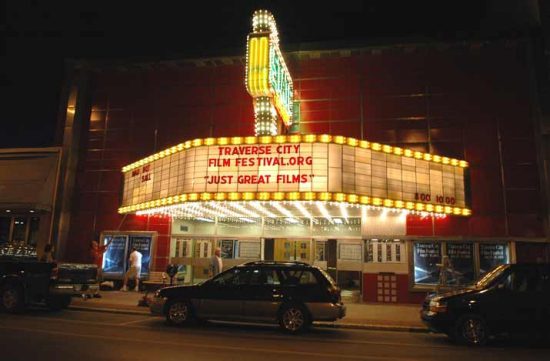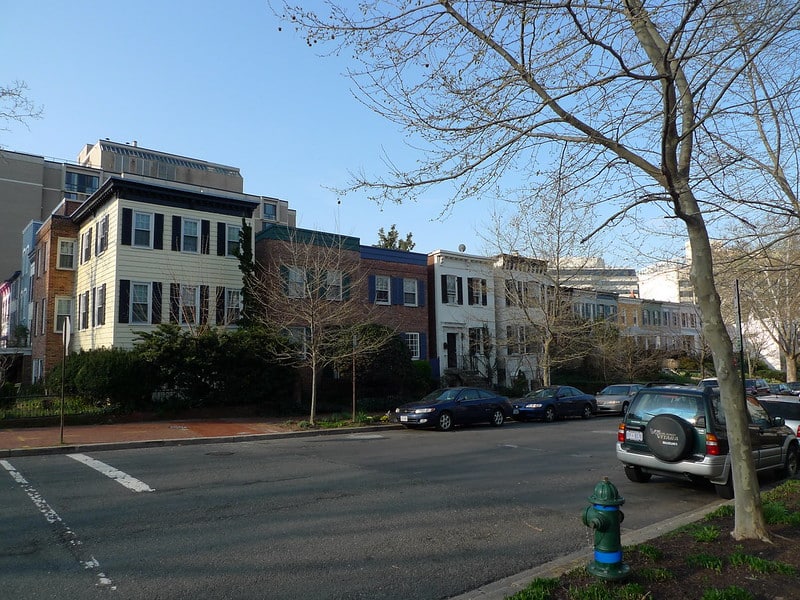
Photo by Riverhelp in public domain
Film director Michael Moore will use a $1 million film tax credit he received for his film “Capitalism: A Love Story” to launch the State Theatre/Michigan Downtowns Project, which aims to promote nonprofit movie theaters as vehicles for revitalizing Michigan towns. Moore based production for “Capitalism” in Traverse City, Mich., and founded the Traverse City Film Festival in 2005.
“We want to turn on the marquee lights, bring in some jobs, pump money into the local economy,” Moore told The Traverse City Record-Eagle. The State Theatre/Michigan Downtowns Project will offer seed money to reopen vacant theaters, keep struggling theaters afloat, and open new movie theaters in towns that could benefit from a movie house.
“We want to turn on the marquee lights, bring in some jobs, pump money into the local economy,” Moore said. “This is just my effort to think of ways to do more.”





Comments